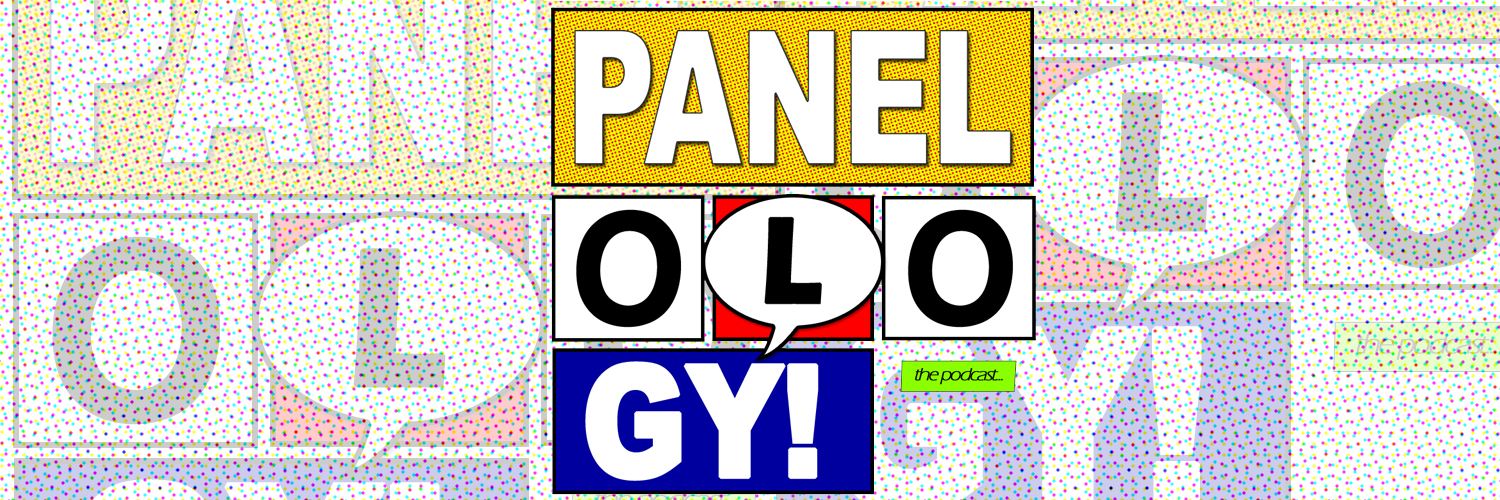- The good, first: Harry remains a charming, interesting, and—above all—unique protagonist, and his character makes The Suicide Blonde work despite some troubling tropes. As for those tropes...
- For one, the book starts out with its two Native American characters in a sort of stereotypical, mystical walkabout through Harry’s dreams—the scene is there to give Asta a reason to follow Harry to Seattle, but the excuse she makes ends up being more compelling.
- Then comes this arc’s victim: a college-age girl whose death looks like a suicide and implicates the town’s mayor.
- The trouble is, her entire character is defined by a traumatic sexual abuse that feels more like a convenient storytelling trope than an earned, satisfying beat.
Look, I’ve watched enough detective shows to know that the sins this volume of Resident Alien commits are commonplace in this kind of storytelling, especially when it comes to the dead people who show up in each story. And in all honesty, it’s not enough to stop me from reading the next volume—to continue the TV show comparison, this would just be an episode I skip or tune out during. It’s okay to like a thing but be critical of its mistakes, and that’s where I fall on The Suicide Blonde as a part of the whole. But in this case, use your best judgment—life’s short, and there are plenty of other comics to read instead if you’d rather avoid fridgey tropes.
Collected in
- Resident Alien, Vol. 2: The Suicide Blonde (Resident Alien: The Suicide Blonde #0-3)
Credits
Writer: Peter Hogan | Artist: Steve Parkhouse | Letterer: Steve Parkhouse

